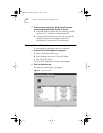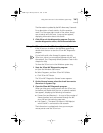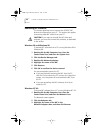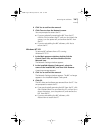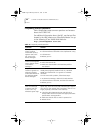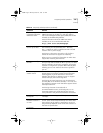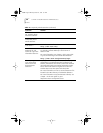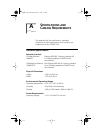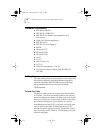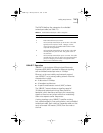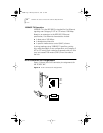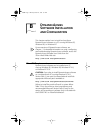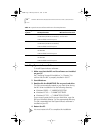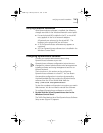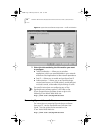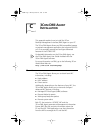
70 APPENDIX A: SPECIFICATIONS AND CABLING REQUIREMENTS
Standards Conformance
■ IEEE 802.3 10BASE-T
■ IEEE 802.3u 100BASE-TX
■ IEEE 802.3x Full Duplex auto-negotiation and
flow control
■ NWay 10/100 auto-negotiation
■ IEEE 802.1p/Q
■ IEEE 802.1Q VLAN Tagging
■ RMON
■ Microsoft PC97
■ Microsoft PC98
■ Microsoft PC99
■ Net PC
■ PCI 2.2
■ DMI 2.0 and 2.0s
■ ACPI 1.0
■ Wired for Management 1.1a, 2.0
■ Pre-OS boot protocol support (PXE, BootP/DHCP,
NCP, RPL)
Cabling Requirements
The cable, quality, distance, and connectors must comply with
the Electronic Industries Association/Telecommunications
Industries Association (EIA/TIA) 568 Commercial Building
Wiring Standard and the Technical Services Bulletin
TSB38 standards.
Twisted-Pair Cable
Twisted-pair cable consists of copper wires surrounded by
an insulator. Two wires are twisted together (the twisting
prevents interference problems) to form a pair, and the pair
forms a circuit that can transmit data. A cable is a bundle of
one or more twisted pairs surrounded by an insulator.
Unshielded twisted pair (UTP) is the most commonly used
type of twisted-pair cable. Shielded twisted pair (STP)
provides protection against crosstalk. Twisted-pair cable is
now commonly used in Ethernet, Fast Ethernet, and other
network topologies.
book Page 70 Monday, March 15, 1999 1:31 PM



